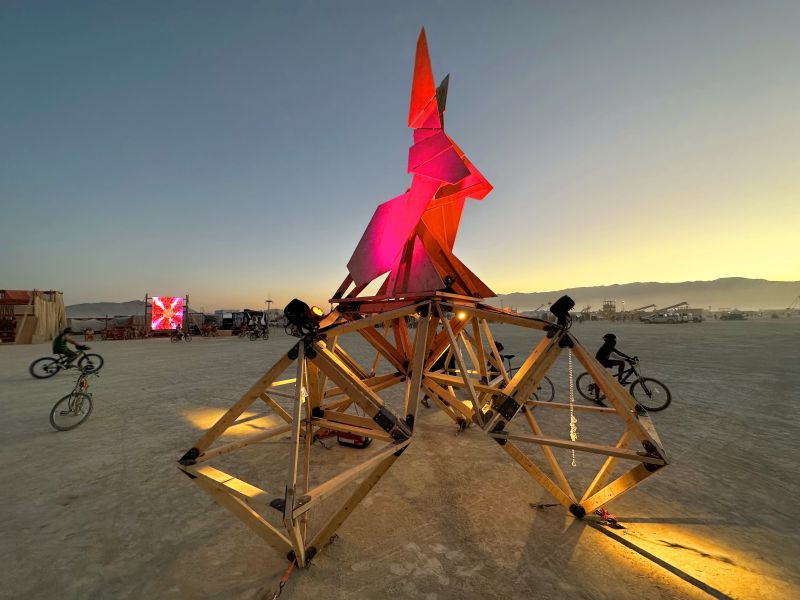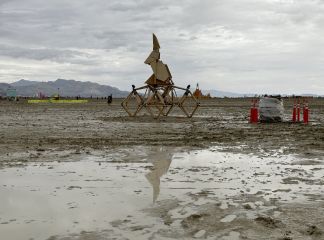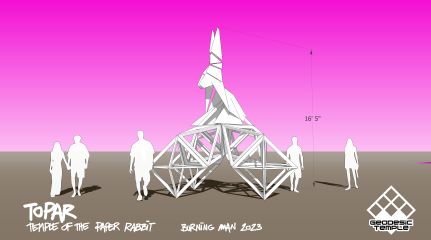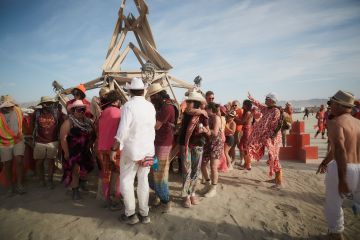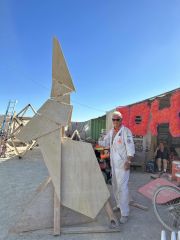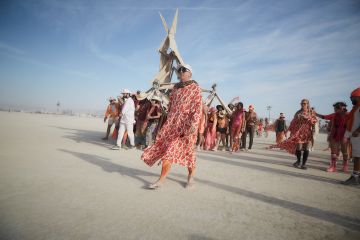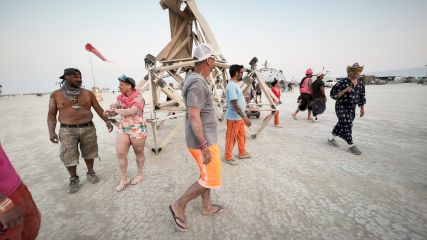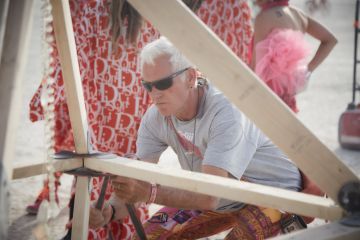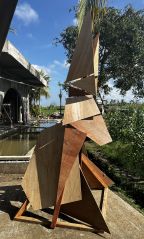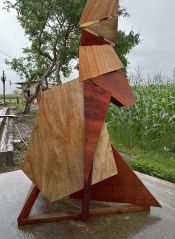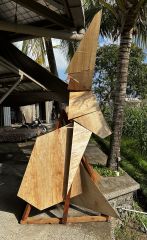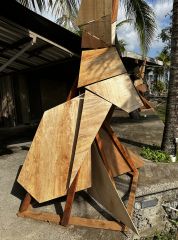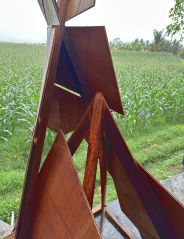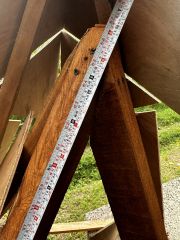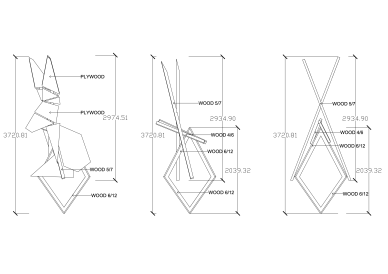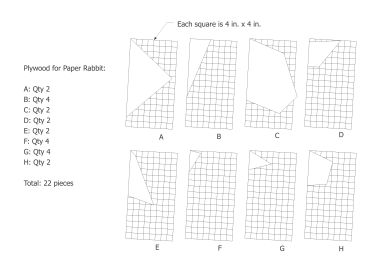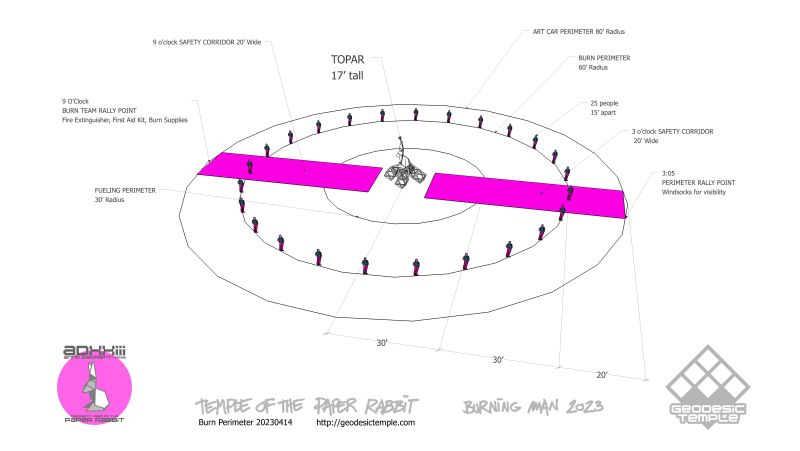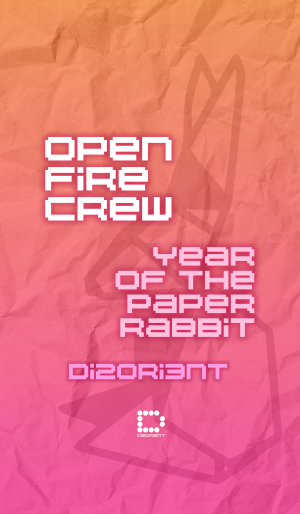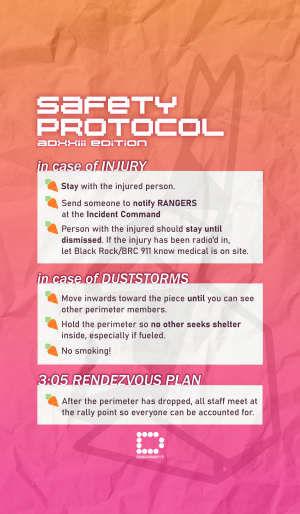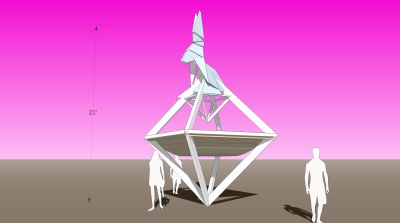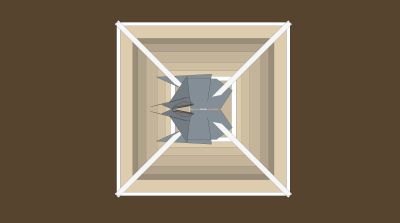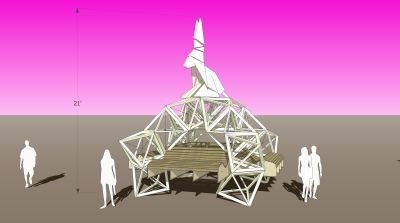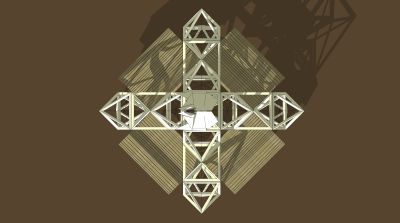Temple of the Paper Rabbit
An installation by Geodesic Temple in sync with Disorient's 2023 theme and the theme of Burning Man 2023
URL for this page: http://topar.geodesictemple.com
Statement
Amidst the intricate folds of a paper rabbit lies a thought-provoking paradox: an object of fragility yet imbued with a quiet resilience. The Temple of the Paper Rabbit (TOPAR) invites us to contemplate the essence of existence and the inherent duality of our human experience. Through the delicate craftsmanship and imaginative playfulness of the paper rabbit, we are reminded of the power of art to reveal the hidden depths of our souls, and to illuminate the beauty and mystery of the world around us.
The Rabbit
The choice of the rabbit reflects the cultural significance of this symbol, the community-building potential of collaborative art, and the deeper themes of transformation and resilience associated with it. The Year of the Rabbit in the Chinese zodiac adds to its cultural significance. The use of a collaborative approach to create the sculpture reinforces the sense of community and interconnectedness among the people involved. The artwork becomes a metaphor for the human experience, reflecting our fragility and resilience in the face of life's challenges.
The Paper
The paper rabbit represents the profound significance of paper as a material that has played a fundamental role in human history and culture. As a symbol of communication, creativity, and innovation, paper has been a catalyst for the exchange of ideas, the preservation of knowledge, and the transformation of societies. It is through paper that we have recorded our thoughts, shared our stories, and expressed our emotions.
The Paper Rabbit serves as a powerful reminder of the ways in which this humble material has shaped our world, and continues to inspire and enrich our lives.
Moreover, the delicacy and fragility of paper also speak to the vulnerability and resilience of the human spirit, reminding us of our capacity for transformation and renewal. The importance of paper in the Paper Rabbit thus transcends its physical properties, becoming a symbol of the creative potential and enduring spirit of humanity.
The Fold
The fold is the third essential element of the Paper Rabbit. Without folds, there is no Paper Rabbit.
The concept of fold can be understood in various ways, depending on the context in which it is being used. At its most basic level, a fold refers to a bend or crease in a material that creates a change in direction or shape. In the context of TOPAR, the concept of fold takes on a deeper significance.
The act of folding paper is a form of transformation, where a two-dimensional surface is transformed into a three-dimensional form. This transformation is a powerful metaphor for the transformative nature of art itself. Art has the power to take us out of our everyday reality and transport us to new worlds and new perspectives. In this way, art is like a fold that changes the shape of our understanding of the world around us.
The idea of a fold can also be seen as a symbol of duality or paradox. When we fold a piece of paper, we create two distinct planes that are connected to each other. In the same way, our human experience is often characterized by a duality or tension between opposing forces, such as light and darkness, pink and orange, or life and death. This tension is what gives meaning and depth to our lives and to the art that reflects our experiences.
Finally, the concept of fold can also be seen as a metaphor for the fragility of life. Like a paper rabbit that can easily be torn or damaged, our lives are inherently fragile and vulnerable. Yet, like the paper rabbit, we also possess a resilience and strength that allows us to endure and overcome the challenges that we face.
Overall, the concept of fold in the context of TOPAR is a rich and multi-layered concept that speaks to the transformative power of art, the duality of our human experience, and the fragility and resilience of life itself. As such, TOPAR leads us down both real and metaphorical rabbit holes.
Plywood
The fact that TOPAR is made of plywood rather than paper does not necessarily diminish the value or meaning of the artwork. In fact, it can be argued that the use of wood, a material that is stronger, more durable than paper and from which paper is extracted, adds to the artwork's meaning and significance.
At its core, art is about the communication of ideas and emotions through creative expression. The choice of materials used in an artwork is just one aspect of that expression. While the artwork may be called a Paper Rabbit, the fact that it is made of plywood instead of paper does not fundamentally change the artist's intention or the message that the artwork is meant to convey.
Moreover, the use of plywood in the sculpture can be seen as a commentary on the relationship between reality and representation. In the same way that the plywood sculpture represents a paper rabbit, our perceptions of reality are often mediated through representations and symbols. The use of plywood in the artwork can therefore be seen as a reflection of the ways in which our understanding of the world is constructed through symbols and representations.
Ultimately, what is important is not the material used in the artwork, but the message and emotion that the artwork conveys. The fact that the artwork is a representation of a paper rabbit rather than a rabbit made of paper does not detract from its value as a work of art, but rather adds to its complexity and depth. As viewers, we are invited to reflect on the relationship between reality and representation, and to contemplate the ways in which our perceptions of the world are shaped by symbols and meanings.
Sustainability Considerations
The fact that paper comes from wood is a reminder of the interconnectedness of all things in the natural world. Paper, which is ubiquitous in our modern society, is derived from one of the most fundamental and abundant natural resources on the planet - trees.
The process of transforming wood into paper is a complex one that involves a series of chemical and mechanical processes. Trees are first harvested and transported to mills, where they are debarked and chipped into small pieces. These pieces are then cooked with chemicals and mechanically processed to produce pulp, which is then further refined and processed into paper.
This transformation from raw wood to finished paper is a metaphor for the transformative power of human industry and technology. However, it also highlights the impact that human activities can have on the natural environment. The logging and processing of trees for paper production can have significant environmental consequences, including deforestation, habitat destruction, and biodiversity loss.
Moreover, the fact that paper comes from wood also underscores the importance of responsible and sustainable forestry practices. Sustainable forestry practices seek to balance the needs of economic development with the preservation of ecological integrity and the well-being of local communities.
The fact that paper comes from wood is a reminder of the interdependence of all things in the natural world. While paper production can have significant environmental impacts, it also highlights the transformative power of human industry and technology. Sustainable forestry practices are essential for ensuring that the production of paper and other wood-based products is conducted in a responsible and sustainable manner.
Installation
Lead: Pinky
Rabbit tests (scale 1:1)
Rabbit Fabrication drawings
Rabbit/OH connection concept
Use octahedron studs as structure for Rabbit plywood skin
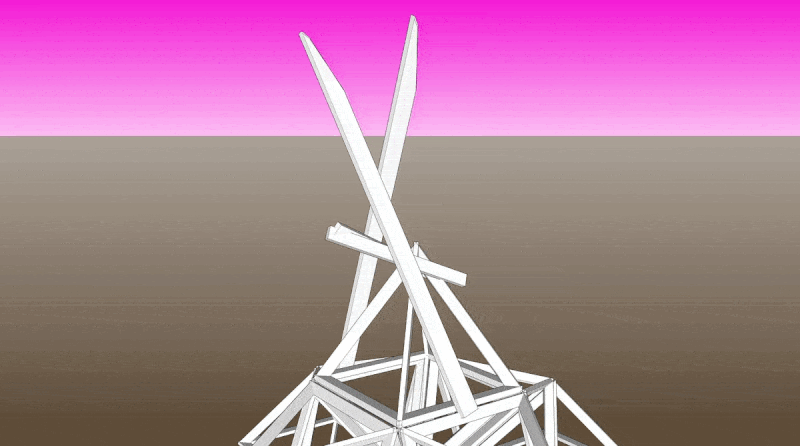
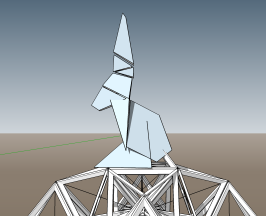
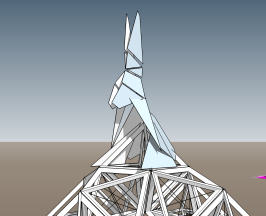
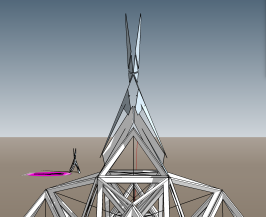
Burn
Lead: Johnny B.
CANCELLED due to rain/mud
Burn date/time: Friday night (11pm)
Lanyards
Quantities:
Burn: 10 units
Perimeter: 60 units
BM references
Open Fire Guidelines
Burn Scar Prevention
Preliminary drawings
Version: 20230330
Version: 20230329
Version: 20230328
Dimensions: 15' x 15' x 17'
Weight: TBA Lbs
Colorway: white on white
Lights: Pink LED spotlights: pink on one side, white on the other.
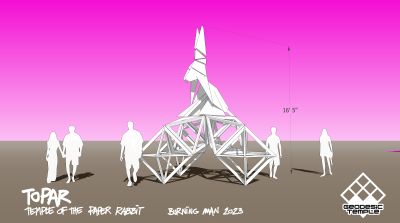
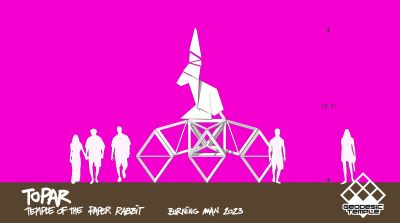
Templars
Composer, director, producer: The Eye
Fabrication Lead: Pinky
Burn Lead: Johnny B.
Open Fire Safety Liaison: Johnny B.
Perimeter Co-Lead 1: Ranger Hardware
Perimeter Co-Lead 2: Ria
RIDE communication: HRH
Overnight Lead: Other Jason
Sustainability Lead: Ria
LNT Lead: MIssDaddy
FB | Discord | Library | System <-----  -----> info@geodesictemple.com
-----> info@geodesictemple.com
